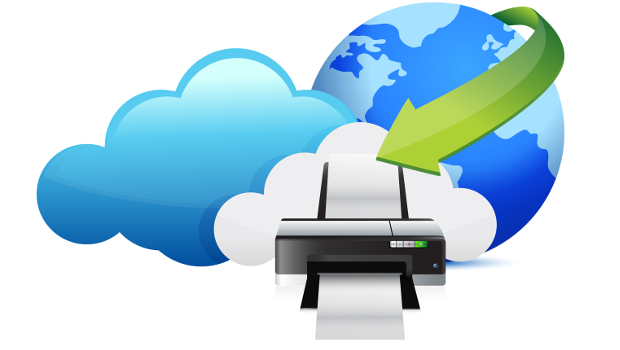Print is that curious utility within enterprise that has refused die, and yet with the integration of document management, cloud services and business analytics is turning into a value generating function that can transform business processes.
That is the broad consensus from a number of sources, including analysts, vendors and end users.
The market certainly is not fading significantly, though according to Gartner, the worldwide enterprise print market will decline by 2% this year, with a total spend of $171 billion (€150 billion). That is no small market, nor one that would deter investment, as evidenced by HP Inc.’s recent launch of a completely revamped range of business inkjet and laser printers, with revisions of everything from paper paths to print heads and even down to the re-engineered inks.
“According to Gartner, the worldwide enterprise print market will decline by 2% this year, with a total spend of $171 billion”
When all of this is coupled with the recent research from OKI and IDC which found that smart multifunction print devices are redefining business workflows, it becomes clear why the various sources are regarding enterprise print as an opportunity, justifying its position on the digital transformation agenda.
In its report on managed print services (MPS), analyst Quocirca has said that driven by the need to gain greater insight from the wealth of structured and unstructured data collected through print and imaging devices across an enterprise, the market for Big Data analytics continues to grow. A survey it conducted found that overall, nearly half (45%) of organisations using managed print services plan to increase expenditure in the area.

MPS is becoming a key enabler for digital transformation, or at least it should be. IT is all about integrating paper and digital workflows, better information management across all types of information and improved business process efficiency, Louella Fernandes, principal analyst, Quocirca
Quocirca argues that providers recognise that through running large-scale engagements, there is a wealth of insight that can be uncovered about customer businesses. As MPS moves up the value chain and becomes more focused on delivering strategic business impact, analytics promises to be the next key differentiator amongst leading MPS providers. Whilst broader workflow solutions are proving to be a significant differentiator, says Quocirca, service delivery remains a key MPS market driver.
“Continued investment to drive enhanced service performance through predictive analytics and a focus on consistent delivery through integrated back-end platforms is ultimately what sets the leading providers apart,” said the analyst’s MPS report.
Smart organisations are recognising this ability of print to go beyond a utility to be managed down to the last cent, and leverage the wider capability to enable new businesses process, thus adding value.
“Quocirca research shows that most businesses still rely on print to some extent,” said Louella Fernandes, principle analyst, Quocirca. “Office printing is definitely more of a utility, but at the production end it does have the potential to add value – high colour communications for marketing purposes are still powerful and compelling, particularly in today’s noisy online world. So they can improve customer relationships/interactions and so on – but within an office environment print volumes are relatively stable or declining. There is still a preference for paper in certain industries – staff preference or for compliance issues etc.”
“MPS is becoming a key enabler for digital transformation,” said Fernandes, “or at least it should be. IT is all about integrating paper and digital workflows, better information management across all types of information and improved business process efficiency. So this relates to document capture, processing and the automation of workflows.”
Michael Heys, vice president, European Imaging, Printing and Document Solutions, IDC EMEA, speaking at a recent HP event reported research that found cost is still a primary concern for purchasers of print services. More than three quarters (76%) of respondents to a survey put it as a key focus, compared to just less than three quarters (73%) for improving security, and streamlining business workflows (72%). However, the same proportion highlighted the issue of managing print volumes, while 69% said that sustainability and environmental concerns were important.
Other interesting trends spotted by IDC in its research are that there has been a significant (57%) increase in the number of colour pages being printed. The research also puts business inkjet penetration at 25%, but this is set to grow, especially with the introduction of new inkjet technologies such as HP’s PageWide technologies, and better consumable services, such as ink and toner supplies.
A more difficult trend to reconcile in this context is the fact that half of workers expect to work remotely, increasing the need for print to be accessible for those that hot-desk, share resources or rely primarily on bring your own device (BYOD) schemes. Such users require easy, wireless access facilities to find and connect to print and imaging devices.
In terms of what businesses are looking to buy in print, half expressed a preference for device management and remote diagnostics, with the same proportion looking for digital document storage and management tools. Just shy of that (47%) want document security solutions, with more than a quarter (26%) looking for usage analysis and reporting for print, supporting the earlier assertion of the value in analytics of the information gathered and processed through print channels.







Subscribers 0
Fans 0
Followers 0
Followers